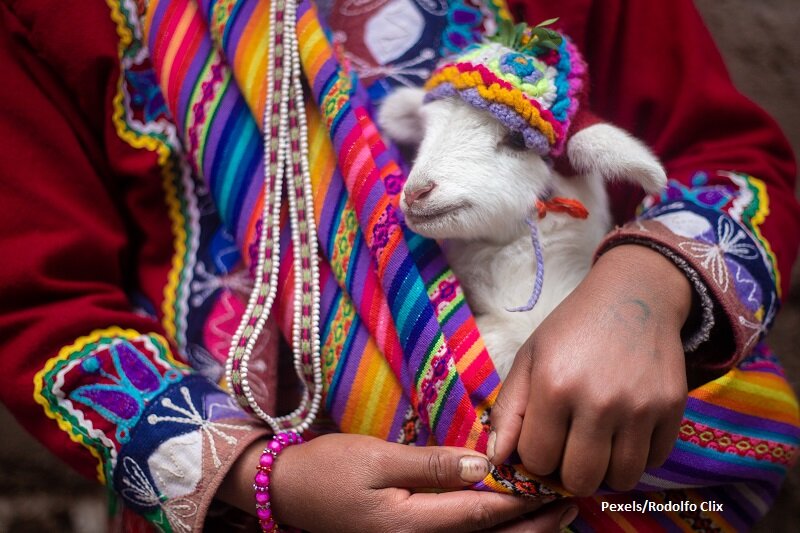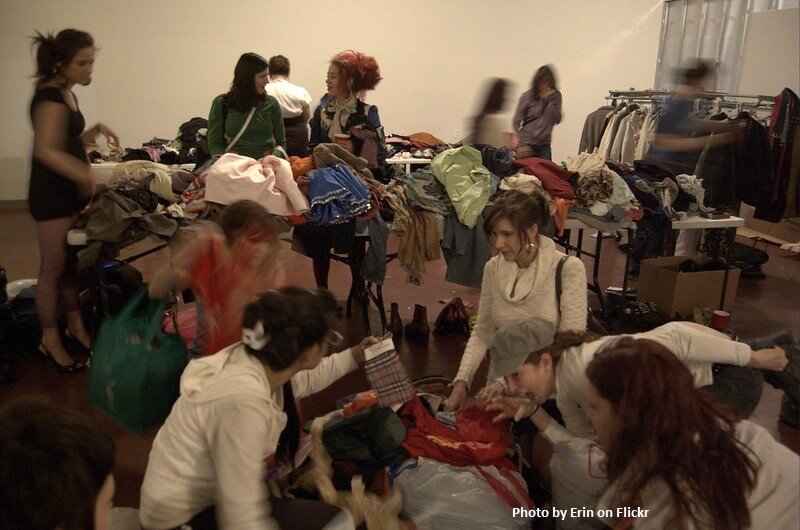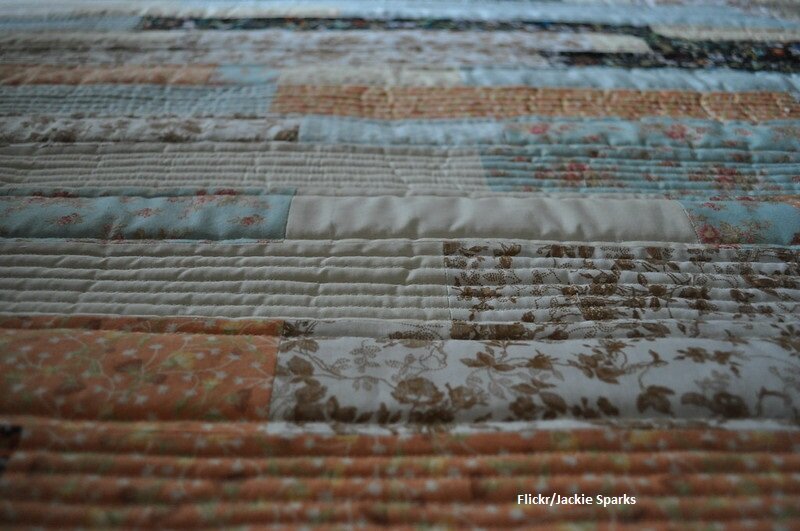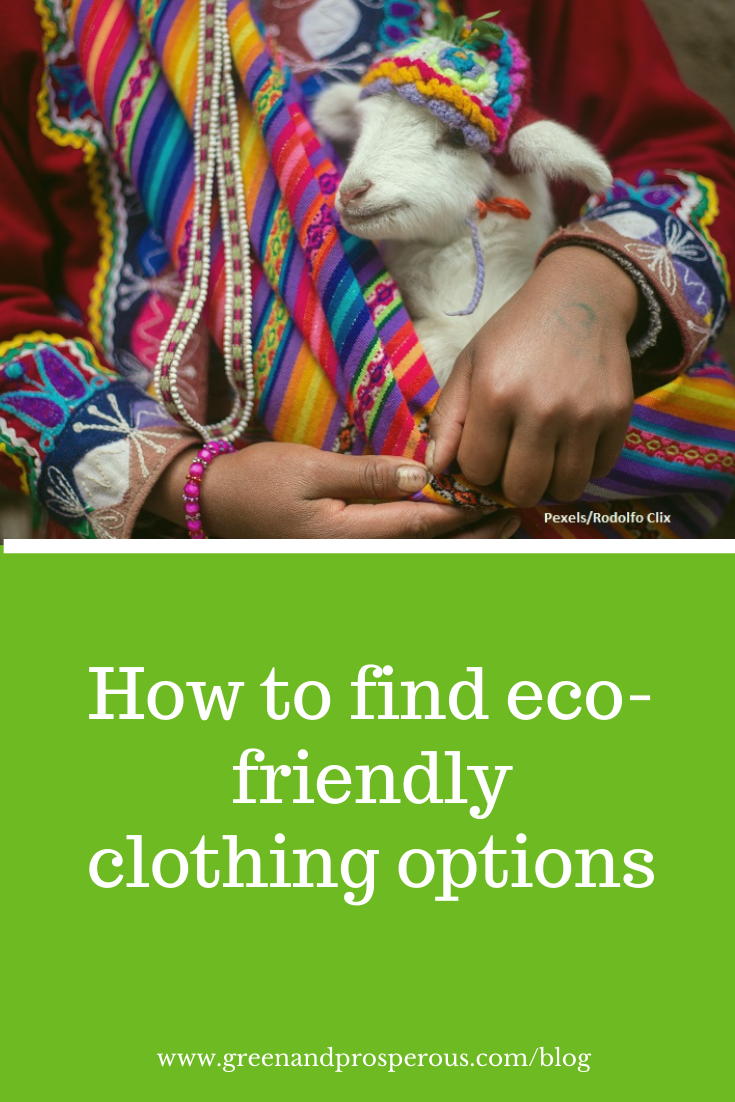How to Find Eco-Friendly Clothing Options
/Guest post by Bead the Change
The turn of the century has seen shoppers increasingly go for fast fashion, where they discard apparel at the end of the season to purchase new wardrobes for the next. All this is possible because the clothing is more economical. But in recent times, awareness about the impact of synthetic fibers on the planet is inspiring people to choose more eco-friendly clothing options. They’re rethinking their choices in favor of options and brands that won’t have a lasting impact on the planet.
What can you do to find more eco-friendly clothing? It’s easier than you may think.
Going Eco-Friendly is Challenging
Eco-conscious shoppers who are focused on minimizing their carbon footprint have some tough decisions to make. Synthetic materials like polyester are much cheaper, look good, and are easier on the pocket. However, there are many reasons to instead choose ethical brands made by companies with good human rights records and a commitment to natural, eco-friendly fibers colored with vegetable, non-toxic dyes.
Many people are already accustomed to examining clothing labels carefully. They want to ensure that the items were made in the US or in overseas factories that have good working conditions and pay their workers fair wages. It is hard to know for sure without additional research, though, so this step is easily skipped by even the well-meaning.
In addition to treating people well, eco-friendly clothes are also about reusing recycled waste and other products. However, standing up for your principles typically comes at a price. Recycled, ethical materials cost more. How can you strike the right balance between affordable and green clothing? Here are a few practical tips.
Look for Natural Fabrics Other than Cotton
Some experts argue that synthetic fibers are actually easier on the environment. It’s a complex situation. Natural fibers like cotton are planet-friendly, but growing cotton requires large amounts of water resources, not to mention the pesticides and fertilizers that can damage animals and people who live nearby. These toxins seep into waterways and soil, causing long-term harm to the environment.
Much safer alternatives include organic fabrics made with plant-based fibers that require less damaging cultivation. Look to hemp, bamboo, linen, and flax, fibers that degrade completely after completing their life cycle in your dresser. Alpaca and sheep wool from organic farms or natural silk from caterpillars are other options that may be more expensive but will also provide durability, surpassing synthetic products. You could even pass them down over generations.
Choose Clothing Made with Recycled Plastics
Sourced from fossil fuels, plastic is undeniably harmful to the environment. But the fact remains that once created, this resource’s impact can be reduced by reusing the material many times over. Done right, there’s less pollution and use of water and energy than you would find in many alternatives.
For instance, the fleece you use to keep warm through the winter could be made synthetically with recycled plastic bottles. An innovative process transforms non-renewable petroleum into fibers for garments. It will interest you to know that Adidas has made and sold one million shoes made from plastic bottles harvested from the ocean. Puffy jackets, athletic wear, and even the custom polo shirts that businesses order in large quantities can be made from recycled materials. You can do your bit by supporting these brands.
Donate Used Clothing or Pass It Around the Family
By using old apparel responsibly, you’ll help prevent some of the 11 million tons of clothing that are diverted to landfills each year. Involve your family and friends in your eco-friendly clothing initiative by sharing clothes you no longer need. If you do a little research, you’ll find many organizations in your town that accept still-wearable apparel. For instance, American Red Cross, Goodwill, One Warm Coat, Planet Aid, and the Salvation Army all accept used clothing in good condition.
Unfortunately, there is so much clothing being produced that many of these organizations are chronically overstocked. Why not organize a clothing swap with your pals, instead? Gather a group and ask everyone to bring clean, wearable apparel that they don’t want or need. The free exchange can take place in your living room and everyone leaves with new (albeit recycled) clothes.
Invest in Reworked Apparel
Clothing that can no longer be worn can be restored or upcycled into new items. Some companies make jackets, shirts, hats, and loafers out of vintage fabrics. Examples include Turkish rugs turned into footwear or towels made into hats. Old tees can be cut up and sewn again to make tank tops and pieces of old quilts can be patched together to create a fantastic jacket.
The reverse also works. Here are some examples: cutting old t-shirts into strips and weaving them together to make a throw; reversing old jeans to make a skirt; turning pants into skirts, shorts, skorts, t-shirts into hair ties...the possibilities are almost endless. Persuade grandparents, aunts, and uncles to let you use vintage fabrics they have so you can make adorable retro outfits.
Contribute to Programs Working to Reverse Environmental Damage
Switching to natural fibers and eco-friendly clothing, recycling used apparel, and redistributing your old stuff are all great starting points. But what if you could help reverse the damage done to the environment?
Do what you can to raise awareness for the issues plaguing the earth by sporting a reforestation bracelet. Made from recycled glass and discarded plastic bottles, a portion of the proceeds for this item goes toward the named cause. Plus, it’s a conversation starter. Ask your friends and family to join you by making small lifestyle changes that contribute to the future of the planet.
If you’re looking for eco-friendly clothing options for a cleaner, greener planet, all it takes to get started is a little imagination, creativity, and commitment to doing the right thing.
Bead the Change is a company making 100% recycled handmade bracelets in Ghana. The bracelets are made from recycled glass bottles and recycled plastic water bottles and 10% of each bracelet is donated to environmental organizations.
Like this? Please pin!









































